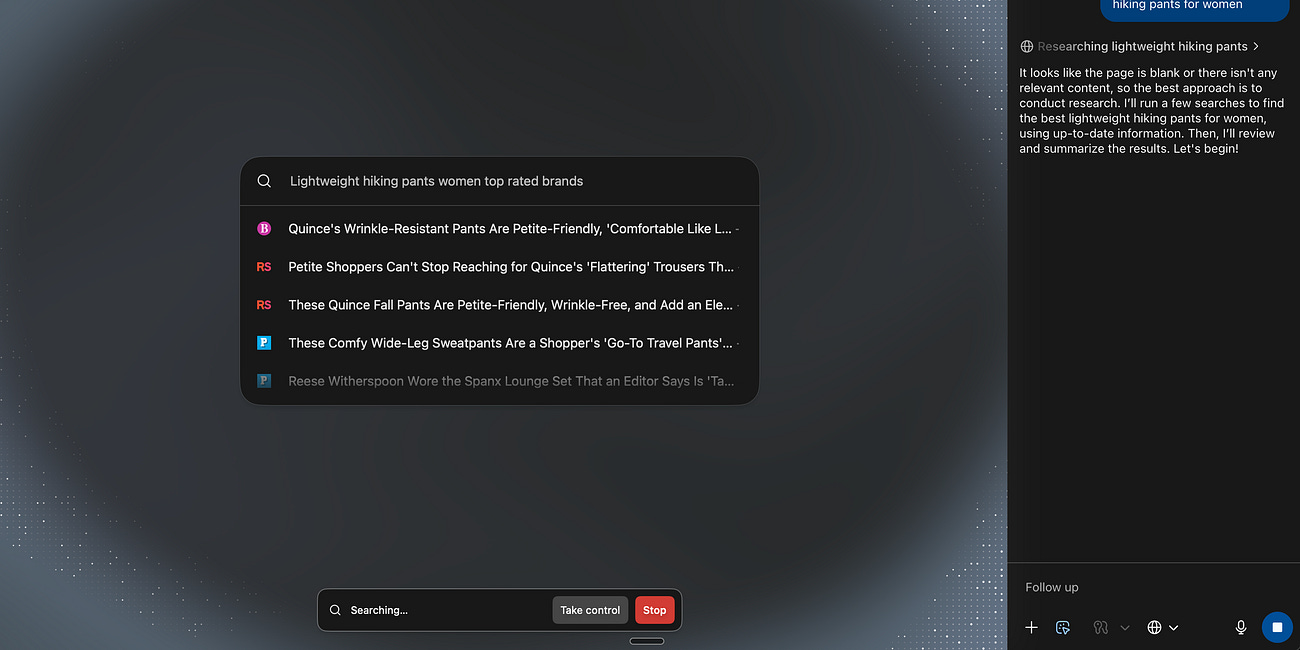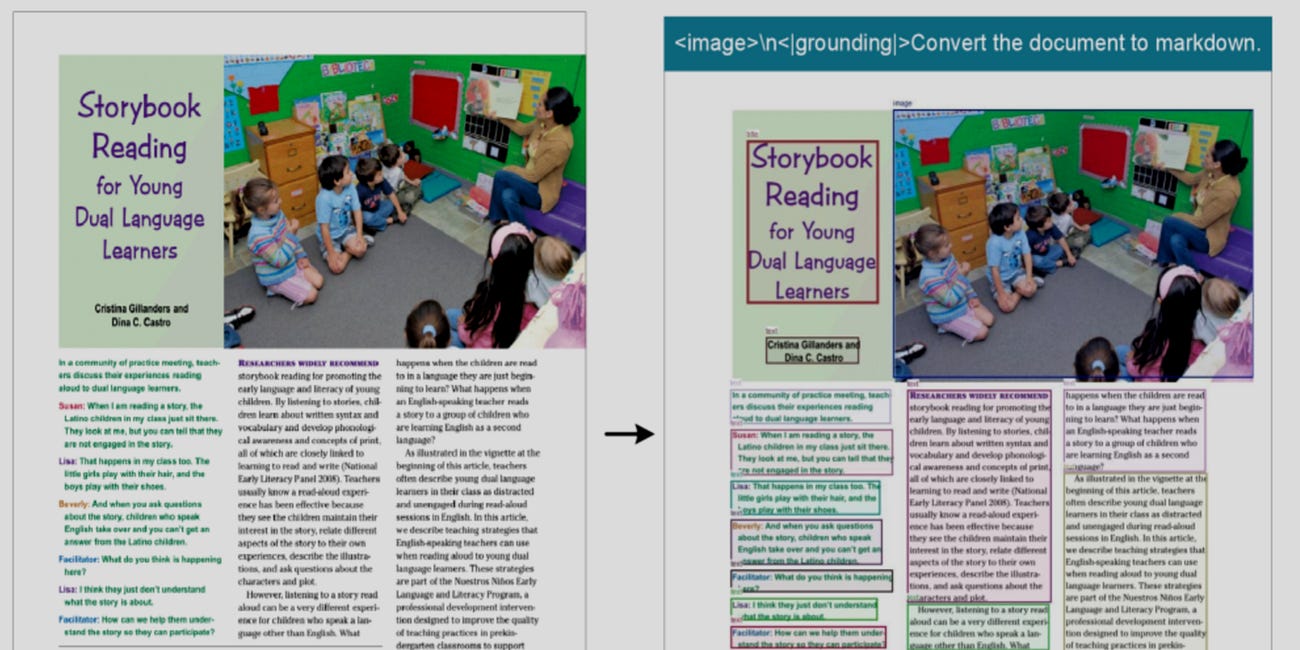AI browsers seek to build data on you. DeepSeek proposes a novel way for training with visuals rather than text.
Also: Google's Willow quantum chip takes steps towards practical applications. Anthropic beefs up on Google TPUs.
Field Notes: The Latest Observations
OpenAI’s Atlas Browser
OpenAI just released Atlas, an AI browser. And on first look, it seems like they’ve finally productized what an AI browsing experience should actually be. A browser that thinks with you, remembers for you, and acts on your behalf.
An Image Paints a Thousand Words
When you speed reading, you don’t vocalize every word. You chunk information, processing phrases and sentences as units rather than individual letters. Your brain compresses “the quick brown fox” into one semantic unit instead of sixteen characters.
The Download: News That Mattered This Week
Anthropic, Google make cloud deal worth tens of billions, including one million TPUs.
Anthropic now serves more than 300,000 business customers, growing nearly 7x in the past year. They are on track to meet a goal of $9 billion in annual revenue run rate by the end of 2025, and are projecting to more than double and potentially nearly triple its annualized revenue run rate next year.
Why it matters: A month ago, I wrote about the TPU (Google) / GPU (Nvidia) arms race that might be simmering beneath the massive ecosystem financing rounds between Nvidia and OpenAI. We’re seeing hints of that play out in real time. Anthropic, who diversifies its compute across Google’s TPUs, Amazon’s Trainium, and NVIDIA’s GPUs, just committed to building on another million TPUs from Google.
On paper, it’s a play for infrastructure. In reality, it’s makes sense if you understand what they are really buying: a hedge against a future where Gemini on TPUs makes Nvidia’ obsolete.
Why OpenAI has to go full-stack and why Nvidia has to bet big on OpenAI,
The Strange Review, Sep 25 2025
More vibe coding, now everywhere.
Both Anthropic and Google announced updates to their AI coding assistants this week. Anthropic launched a web app for Claude Code, so builders can code on the fly. Google’s AI Studio upgrades with a new interface.
Why it matters: Developer / builder experience in vibe coding apps is key to adoption. In the last 6 months, vibe coding agents have leaped in capabilities, flying through code in Yolo mode. Every few months I test out the coding agents for side projects, and what would have taken me a few weeks to get through… now takes me a day or two. In a not-so-distant future, we’ll be able to create mini apps as easily as we create docs.
AGI is still a decade away
On the Dwarkest Podcast, AI pioneer Andrej Karpathy says it will take a decade to accomplish agentic infrastructure. That’s surprising to no one (except maybe the AI hypethusiast), as there are tons of engineering to get agents reliable, consistent, and rolled-out as scale.
Google’s major quantum breakthrough
Google’s Willow quantum chip successfully ran the first verifiable quantum algorithm that outperforms classical supercomputers, achieving speeds 13,000 times faster than the best classical algorithms on the world’s fastest supercomputers.
The breakthrough centers on an algorithm called Quantum Echoes (technically the out-of-order time correlator or OTOC algorithm). It works by sending a signal into the quantum system, perturbing one qubit, then reversing the signal’s evolution to listen for an “echo” that gets amplified through quantum interference, making measurements incredibly sensitive.
Why it matters: This is the first time any quantum computer has run a verifiable algorithm that surpasses supercomputers, meaning the results can be repeated on similar quantum computers to confirm accuracy. Unlike earlier demonstrations that solved abstract problems, this algorithm models actual physical experiments relevant to chemistry, biology, and materials science.




